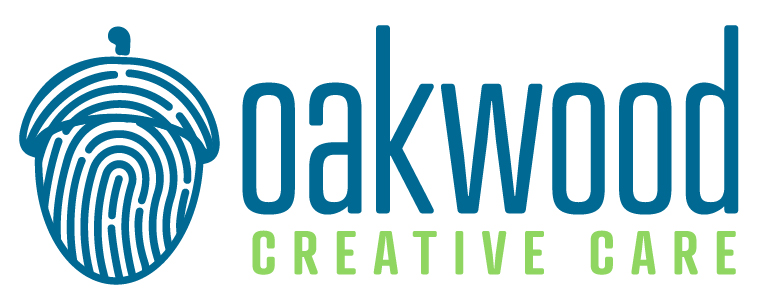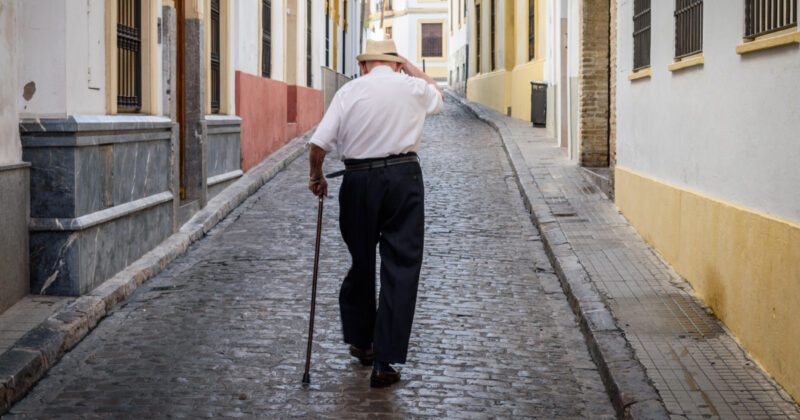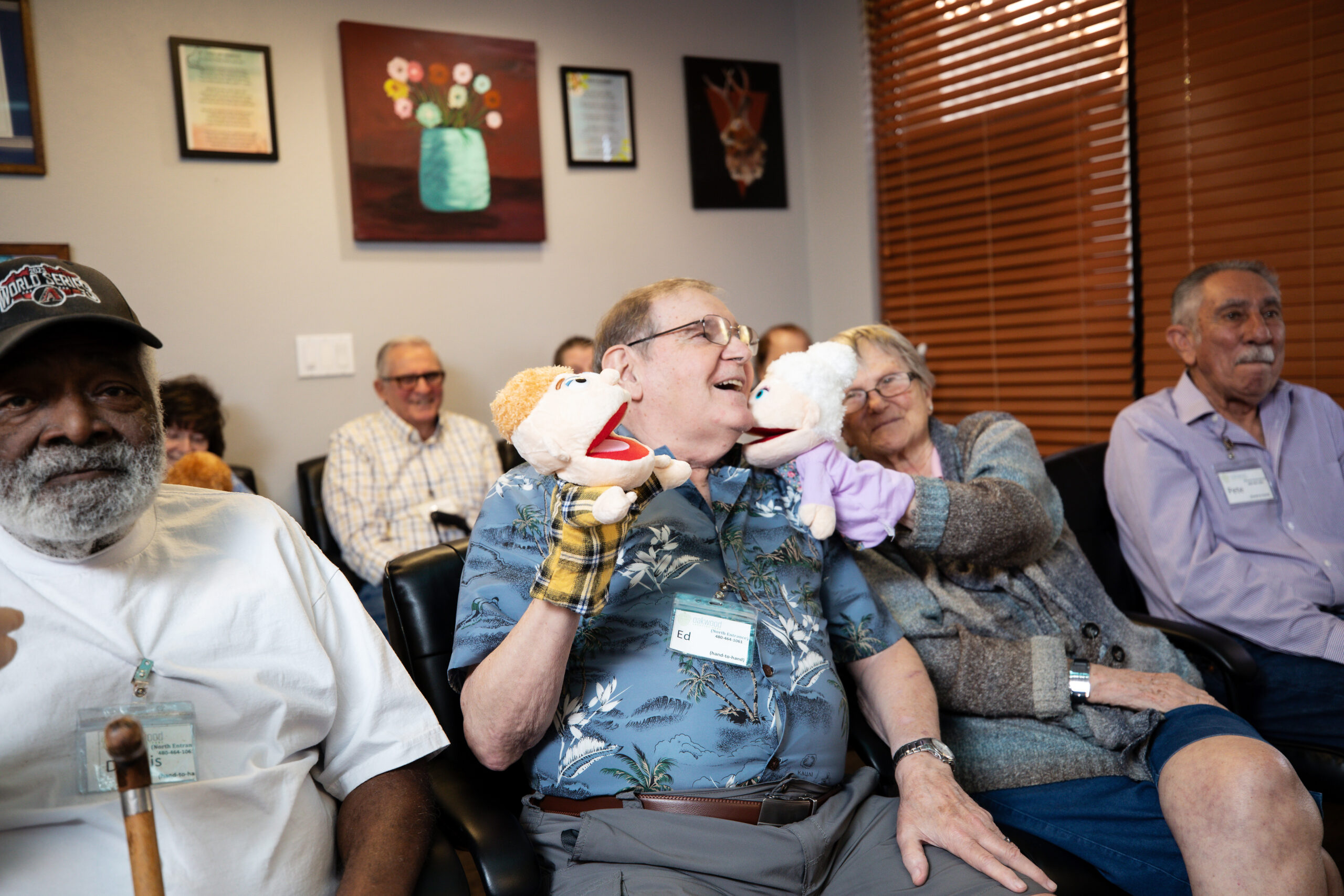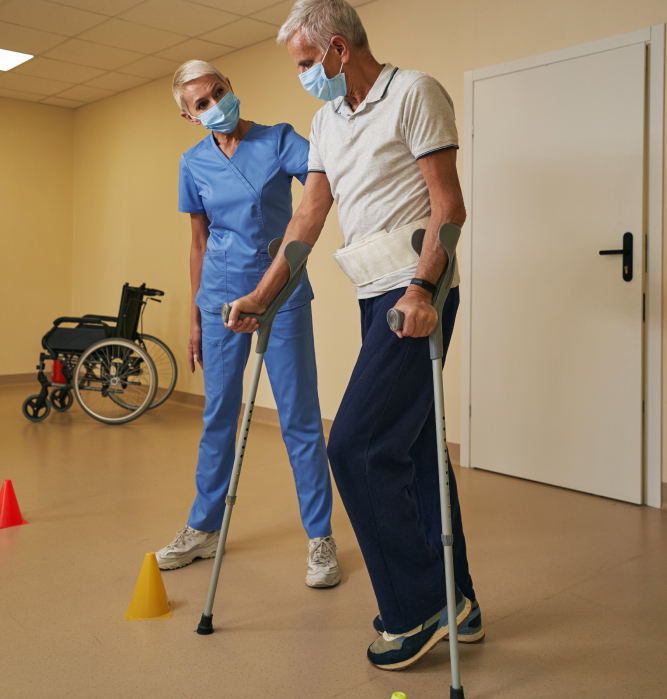
The month of May is incredibly busy when it comes to national holidays! Of course, our calendars have all been marked for Mother’s Day, Cinco de Mayo, and Memorial Day – but what about National Mobility Awareness Month?
This entire month is dedicated to bringing forth education and support in honor of stroke survivors and has also been earmarked for an equally worthy cause dedicated to shining light on the importance of recognizing mobility issues. So, in recognition of both Stroke Awareness Month and Mobility Awareness Month, Oakwood Creative Care is honored to provide this information about paralysis after stroke, its impacts on the body, and new ways to regain strength and independence.
Stroke Is The Leading Cause Of Paralysis
During a stroke, a portion of the brain’s blood flow becomes restricted and causes the cells in that area to die. When this happens, the part of the body’s function as it relates to the portion of the brain where blood flow was cut off becomes hindered and, in many cases, can lead to hemiplegia.
According to the Christopher & Dana Reeve Foundation, approximately 5.4 million people in the United States live with paralysis. Of this population, stroke is the leading cause of paralysis at 33.7% of all cases.
What Else Happens To The Body After A Stroke?
While not all stroke survivors experience paralysis, the Stroke Association reports that around 80% of stroke survivors experience varying degrees of movement problems. Hemiparesis is referred to as weakness on one side of the body, and stroke survivors can often face limitations in how well they can move the whole or part of one of their limbs. The stiffness or weakness that results from hemiparesis creates a more significant fall risk to the survivor, as well as limitations to their ability to perform day-to-day activities such as walking, writing, or providing personal care.
Let’s Talk Neuroplasticity!
Because every stroke is different and every brain is wired differently, the road to recovery can be difficult and widely vary between survivors. Fortunately, there is hope for regaining and maintaining independence! With consistency and a little bit of creativity, it is possible to create a new routine that allows loved ones who have suffered from a stroke to regain their strength, enjoy the activities they love most, and promote a life lived well.
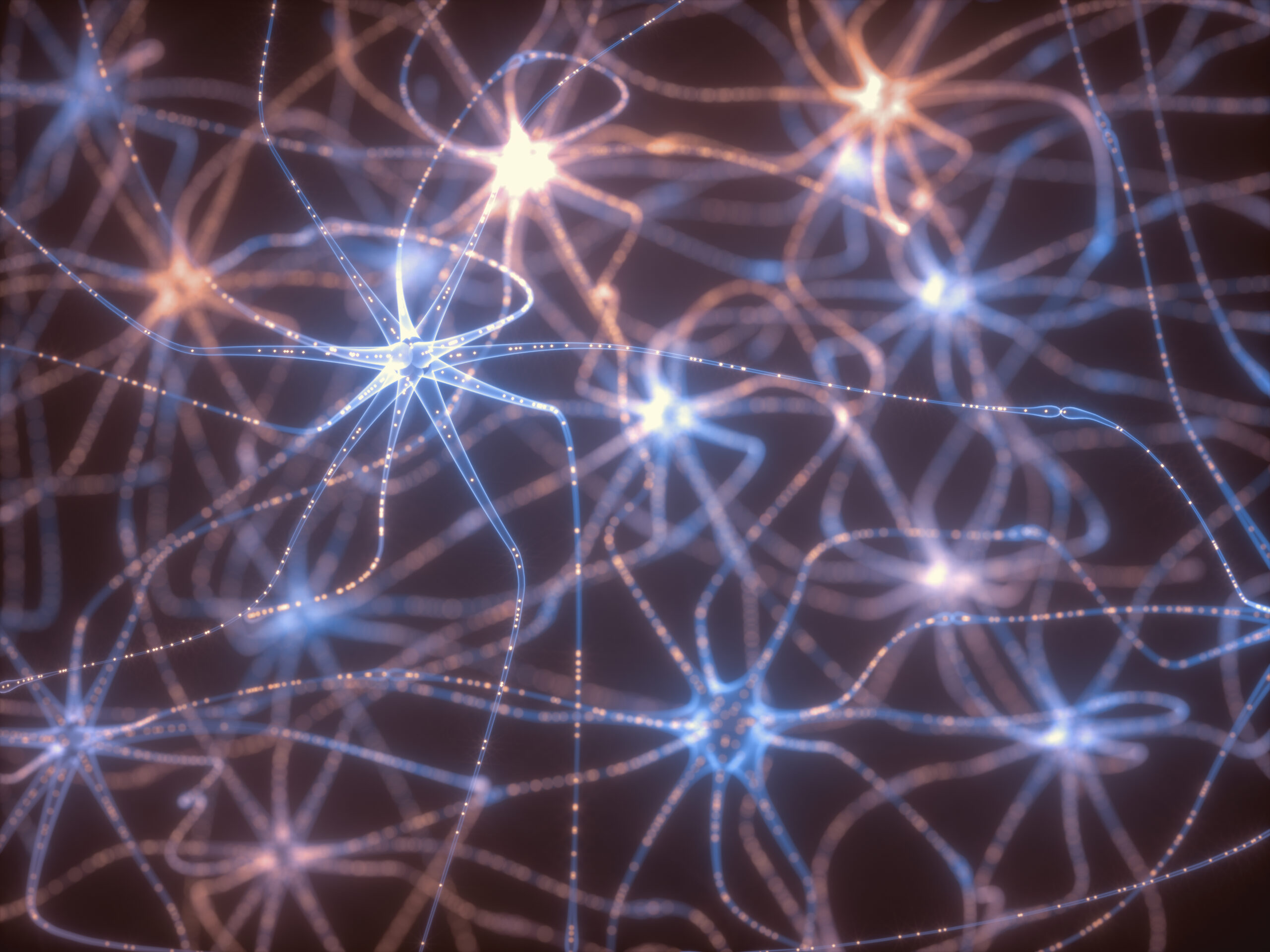
How is this possible? FlintRehab describes the process of neuroplasticity, wherein the brain creates new pathways to send and retrieve information after neural connections have been damaged by stroke. Although damage to the brain cannot be reversed, neuroplasticity allows the brain to rewire functions to promote new, healthy channels and aid the body through the recovery process. With neuroplasticity, stroke survivors can retrain their minds and bodies, regain lost skills, and maintain independence through repeated practice and experience.
Passive & Active Exercises
Many different types of exercises promote neuroplasticity, and each can be easily incorporated into any daily routine. These exercises can be guided towards reducing muscle pain and spasticity, improving strength in parts of the body, and even promoting cardiovascular fitness. These fitness routines also include passive or active exercises, which depend on the stroke survivor’s range of motion.
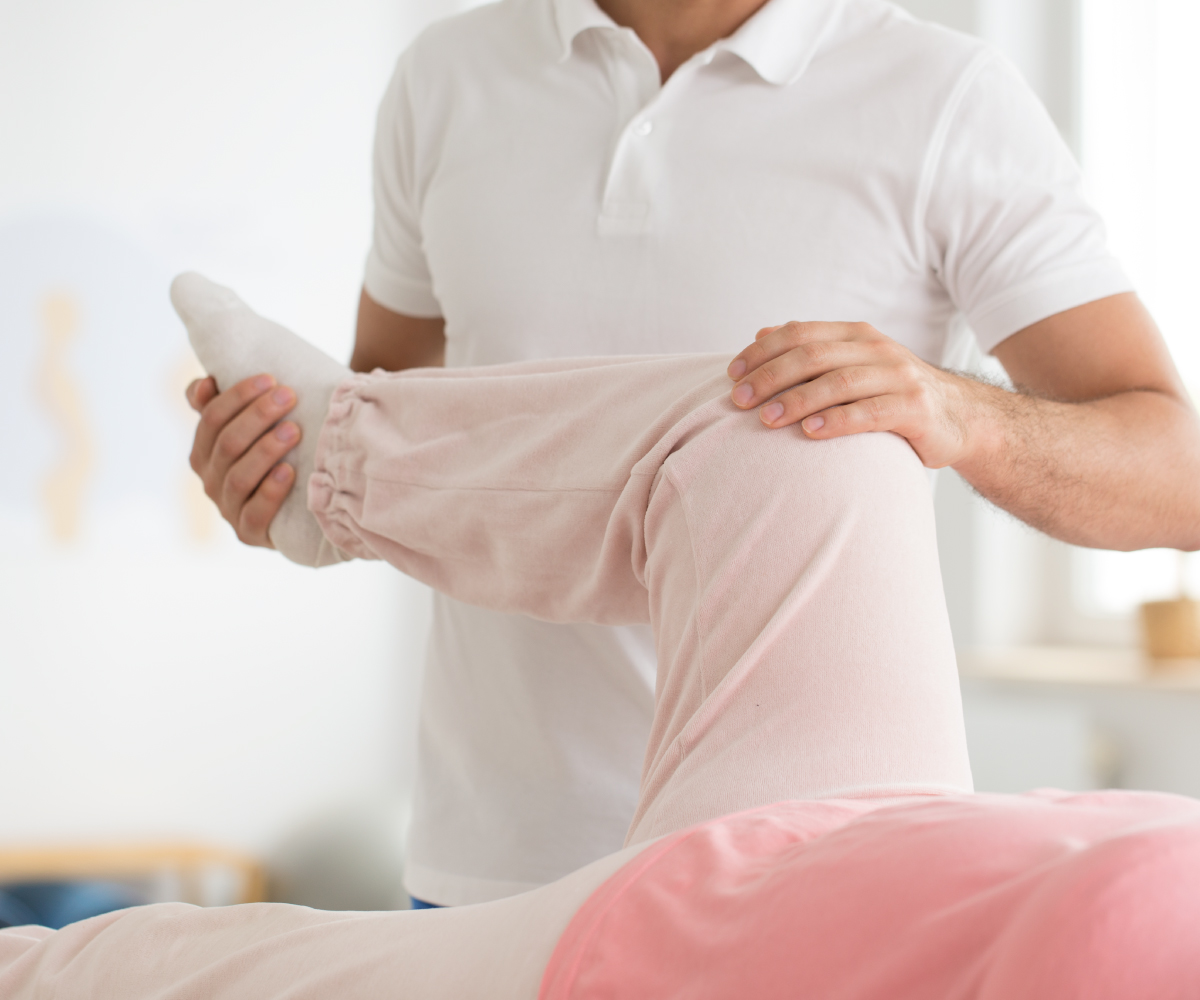
Passive exercises involve manually assisting specific muscles or joints through their full range of motion. This can be done independently or with the assistance of a caregiver, physical therapist, or occupational therapist. Passive range of motion exercises works by focusing on parts of the body that are paralyzed or experiencing stiffness by moving the affected portion of the body with its unaffected counterpart—for example, using one active hand to stretch and move the other paralyzed hand. Although manually pursued, this movement helps improve blood flow and prevent spasticity from worsening.
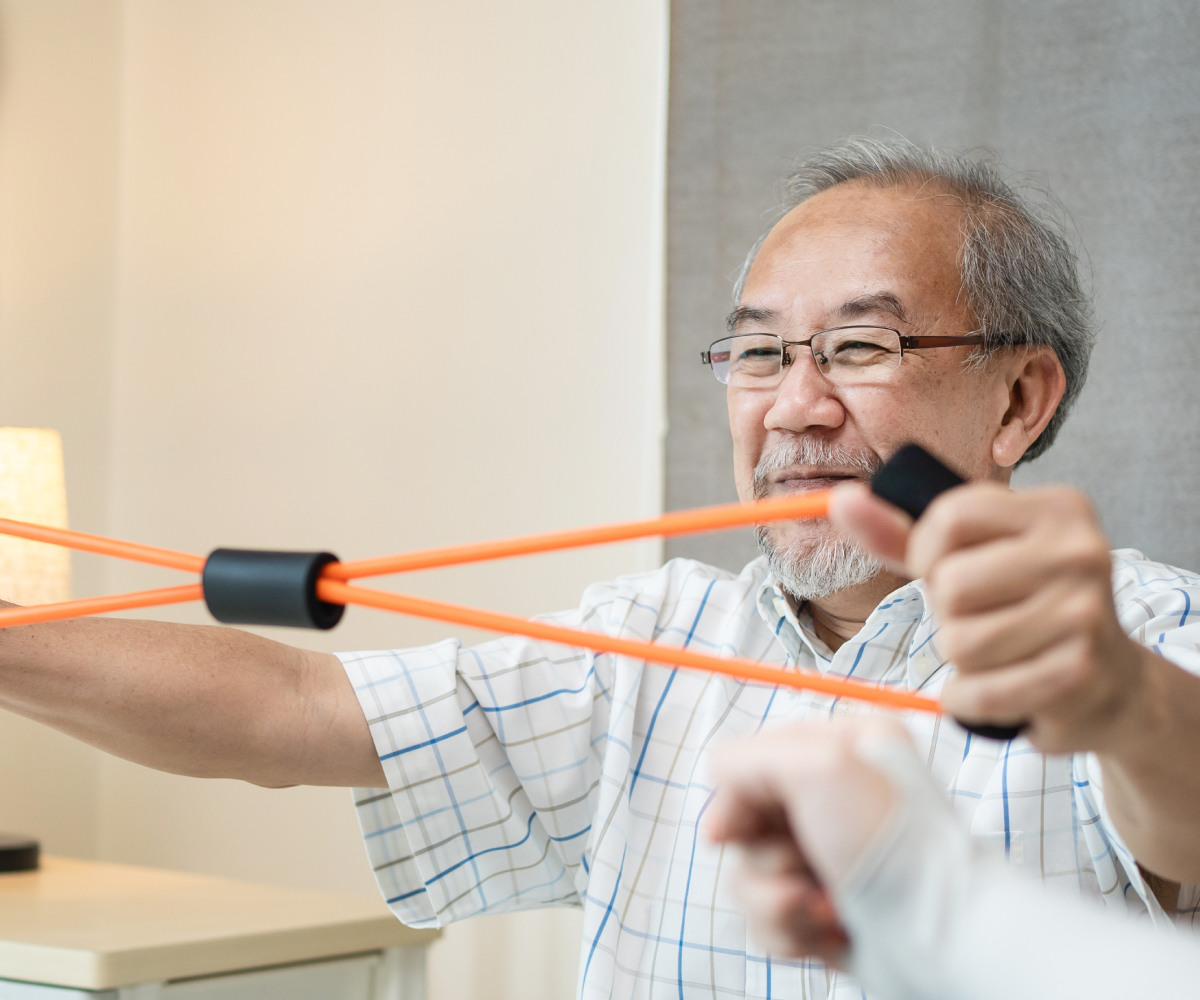
On the other hand, active exercises involve the body’s total physical effort exerted into muscular activity. This differs from passive exercise because it introduces movement without manual assistance, such as using both hands and arms to pull on and stretch an elasticity band. These exercises offer benefits to stroke survivors who still have some movement to their affected side by helping them regain their strength and mobility in that area of their body.
Promote Mobility: Where To Get Started
Brain damage from a stroke might not be reversible, but living a life full of meaning, purpose, and dignity is still possible. There is hope for the road ahead, and with the right tools and support, survivors of stroke can regain their strength and independence. Finding the right exercise routine can be a step in that direction! Check out some of these professional collaborations below, all geared toward promoting mobility and encouraging wellness!
Recovery after a stroke can vary from person to person. Oakwood Creative Care is making a difference by ensuring loved ones who have survived a stroke and are experiencing cognitive or physical challenges still have the opportunity to experience a life full of dignity and purpose beyond their diagnosis.
